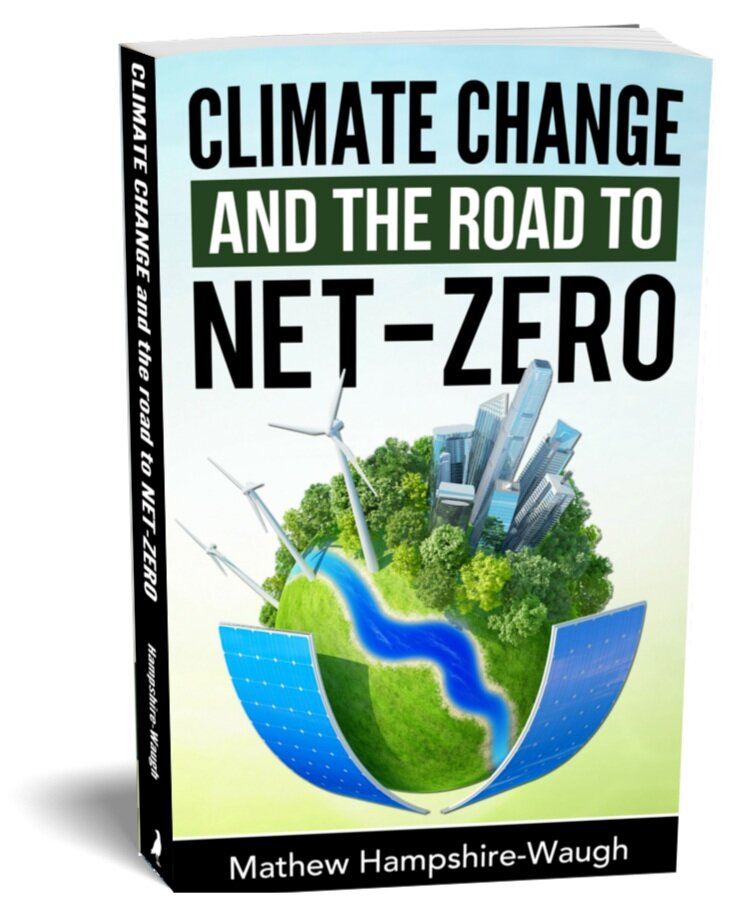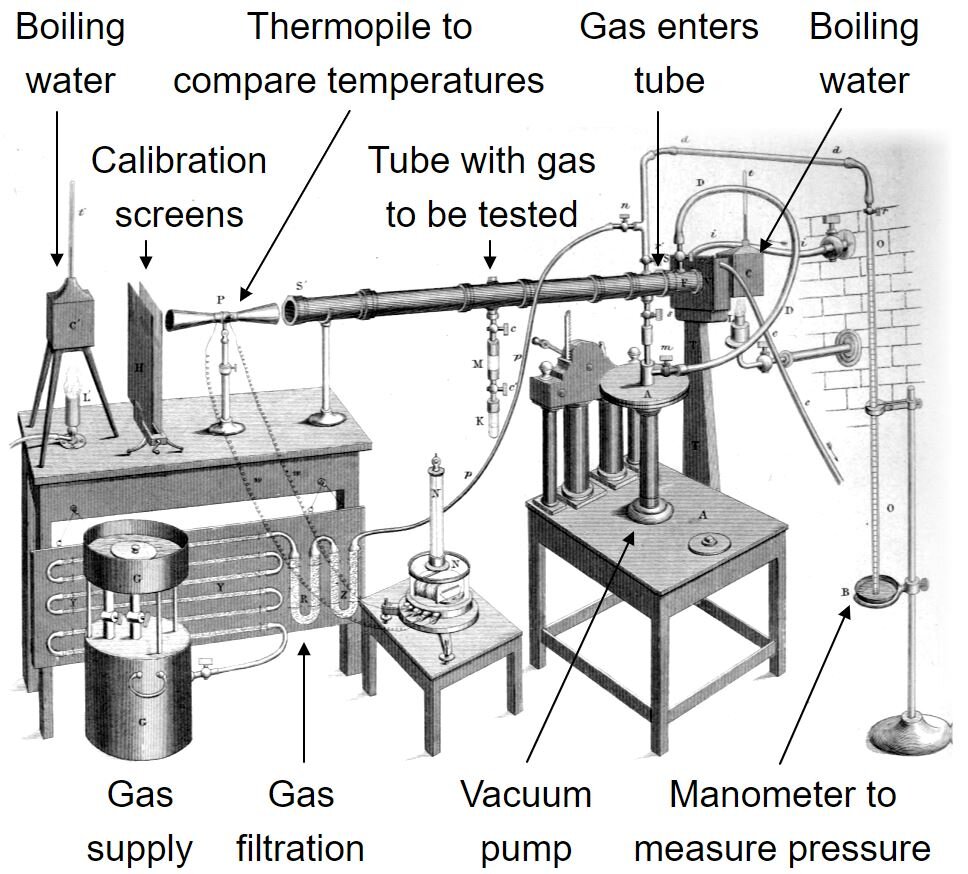Climate Engineering & Solar Radiation Management
In this post from NET-ZERO:
What is Climate Engineering? The different strategies proposed to slow or halt global warming by direct intervention.
How does Solar Radiation Management work? Mirrors in space, manipulating clouds, or painting the Earth white to reflect more of the the suns energy before it heats the Earth.
Could blocking the sun solve climate change? Why solar radiation management techniques appear a cheap and quick fix but don’t offer a complete solution to climate change and run a dangerously high risk of going badly wrong.
Climate engineering refers to several proposed strategies which are designed to either slow, or prevent, climate change by either directly removing CO2 from the atmosphere (negative emissions technology) or by limiting the amount of solar energy absorbed by the planet (solar radiation management). In this post we are going to dig into the main options for Solar Radiation Management.
Building A Global Sun Shade
Solar Radiation Management (SRM) techniques are designed to reduce the amount of solar energy absorbed by the planet, to reduce radiative forcing (the net-energy inflows into Earth caused by the increases to greenhouse gasses in the atmosphere), and to keep temperature rises at bay.
Here are the techniques which have been proposed to build a global sun shade:
Stratospheric Aerosols strategies propose pumping aerosol particles into the upper atmosphere to reflect the light before it hits the planet. Sulphur dioxide or hydrogen sulphide are the leading candidates. They are both gases that would oxidise into fine sulphate particles in the atmosphere.
Sulphates have already proven effective at cooling the planet after large volcanic eruptions. The last major eruption was Mount Pinatubo in the Philippines in 1991 which ejected 20 million tonnes of sulphur dioxide and dropped global temperatures by 0.5⁰C for the next two years.
The lower stratosphere already holds a layer of sulphate aerosol, so the challenge is to increase the concentration and reflect enough sunlight to offset the increases to radiative forcing (energy inflows).
Sulphur is cheap, and this is important as the process would require 10-20 million tonnes per year. Planes could deliver the gas into the stratosphere at a cost of less than $30 per kg. So, with a global annual cost in the hundreds of billions of USD this strategy is extremely cheap – the equivalent of $1c per tonne of CO2 equivalent or $0.0005 cents per kWh to offset fossil fuel energy (the average fossil fuel energy price today is ~$5 cents per kWh).
However, stratospheric aerosol reflection will not prevent ocean acidification or air pollution, and the process must go on forever. If for any reason – such as war, terror, or technical problems – the program had to be halted, rapid temperature increases would occur. It is also unknown how regional effects and weather patterns would be impacted, or even what the sulphates might do to the ozone.
Solar Reflectors could be deployed into orbit above Earth and used to reflect the sun’s energy before it hits the planet. This could be an array of 55,000 low orbit space mirrors (100 metre squared each), two billion tonnes of reflective dust in a ring formation around the planet, or three million square km of sunshades in higher orbit.
These proposals are all highly speculative, however, and would take decades to deploy and again, if for any reason they stopped working, rapid warming of the planet would ensue.
This method would likely also cool the tropics more than higher latitudes so again create changing weather systems. Oceans would still become more acidic. Air pollution from the burning of fossil fuels would still kill ~4 million people per year. The cost of deployment would be high upfront, though if nothing went wrong, this approach would likely be cheaper than many other options over time.
Cloud Whitening involves pumping fine particles into the air just above the ocean. These so-called cloud-condensation-nuclei attract water and form reflective clouds above the ocean surface. The fine particles could be formed from sea-salt, delivered using modified boats.
To reverse warming this century it is estimated that over 1,500 ships would need to continually navigate the ocean pumping out salt. The strategy could be deployed relatively quickly and adjusted as required; it could also be optimised by region and should prove just as cheap as stratospheric aerosols or space mirrors (a few cents per tonne CO2 offset).
But again, there are caveats: this proposal does not prevent ocean acidification or air pollution and given the complexity of cloud formation and interaction, it has many unknowns.
High Albedo Surface means increasing the reflection of the sun’s incoming energy from land surfaces.
Urban areas cover less than 2% of land on Earth so painting everything white would reflect just 0.18 watts per square metre or 2.5% of the required energy reflection needed to keep the planet cool this century if we keep burning fossil fuels - and would prove extremely expensive.
Choosing more reflective crops and increasing the albedo of grassland and savannah may fare a little better as these areas cover over 30% of land, with estimates of up to 1 watt per square metre cooling (14% of required reflection), but this system would completely alter the natural biodiversity.
Desert reflectors offer the prospect of more reflection still. Deserts cover 6% of land but receive a higher proportion of sunlight through the year: cover these areas in shiny sheeting and you could reflect enough sunlight to offset a doubling of CO2 (half the required reflection this century).
A Cheap and Quick Fix with Unknowable Risk
Solar Radiation Management is a very cheap way of avoiding some of the impacts from climate change, but like any quick fix it provides only a partial solution - it may offset temperature increases but it doesn’t help with increasing ocean acidity or air pollution.
Reflection of the sun’s energy from land is the lower risk option but more expensive and probably of limited impact. Atmospheric or space-based reflection is in principle cheap, effective, and scalable but also very high risk.
We don’t know if these strategies can be executed or if they will work as expected. It is incredibly difficult to model even the most basic elements of a complex system like planet Earth. Imagine trying to predict all the permutations of engineering the climate.
We have no way of rigorously testing these ideas and the first real experiments would not be in a lab but would take place through large scale global deployments in the wild. No test runs, no trial and error, we would have one shot to get it right.
As climate scientist Kate Marvel puts it, “if the future is to be unmitigated greenhouse gases countered by sun-blocking particles, if we mask the hangover but continue the bender, we have to be resigned to losing even more of the world we know”.
Whilst solar radiation management appears to be a quick and easy fix, it runs seriously high risks. If for any reason the engineering failed – due to political squabbles, terrorism, or technical problems – the Earth would warm to the temperature it would otherwise have reached but within just 10-20 years, not nearly enough time for humans or the natural world to successfully adapt.


































